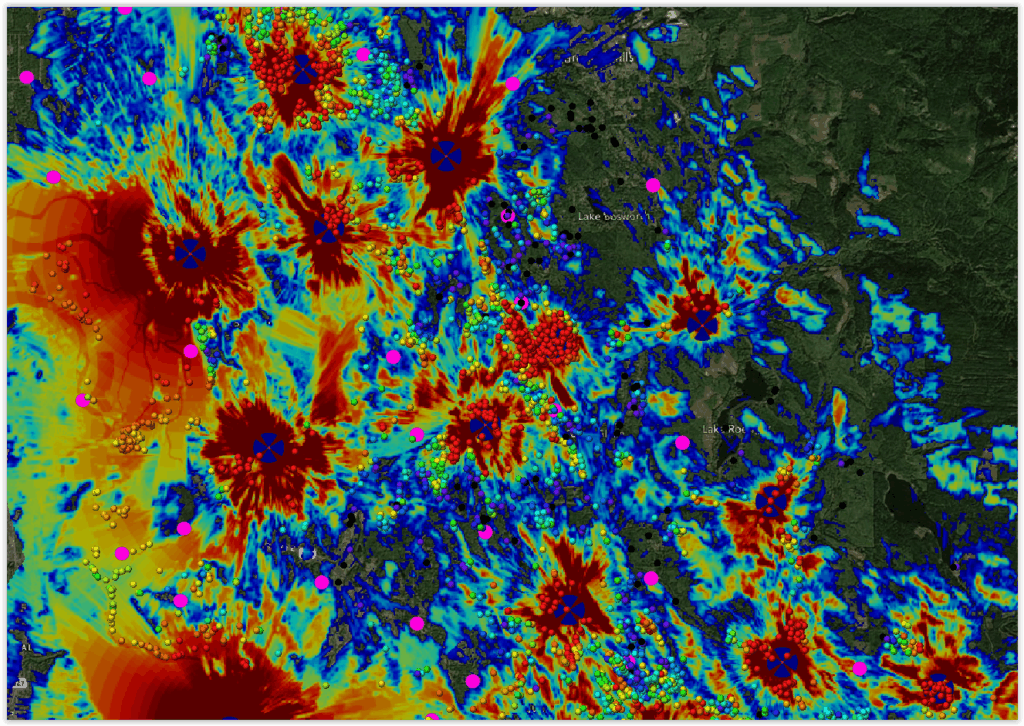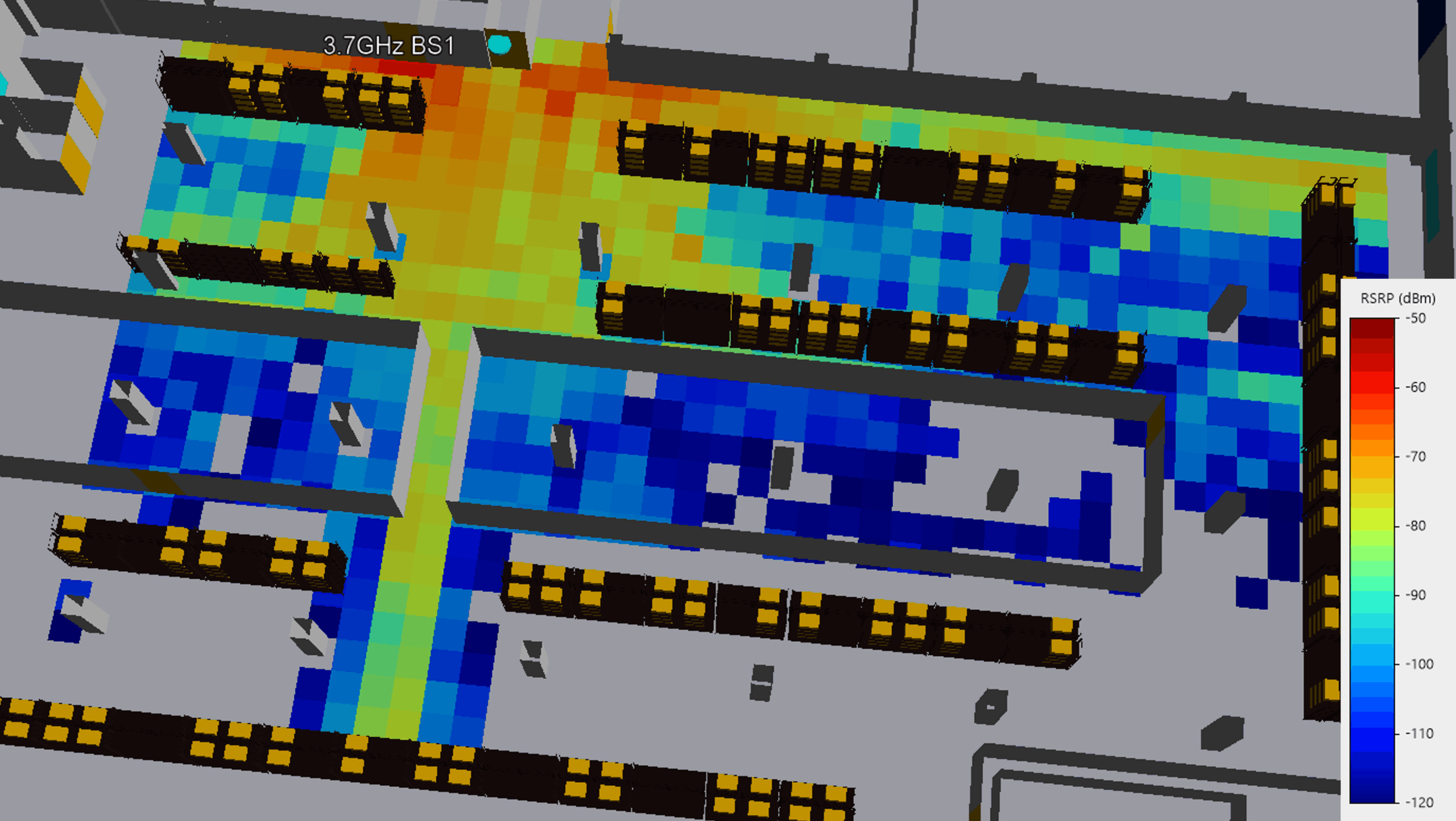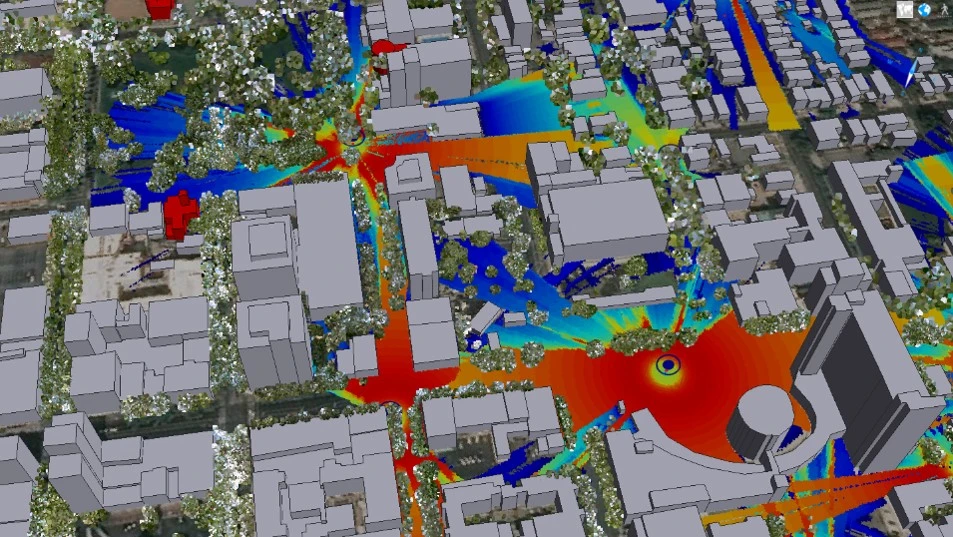The past months have seen a quiet but decisive shift in the rules of broadband deployment in the United States. With recent structural changes to the BEAD program (Broadband Equity, Access, and Deployment), one thing is now clear: fiber-only strategies won’t cut it.
The new rules open the door to hybrid approaches — combining Fiber and Fixed Wireless Access (FWA) — to reach full coverage faster and more affordably. That’s good news in theory.
In practice? It’s creating real challenges for many operators.
BEAD changed the rules. Now operators face a new set of challenges
For years, telecom operators have focused investments, teams, and technology stacks around FTTH (Fiber to the Home) builds. Fiber has been the centerpiece — often the only piece — of broadband strategies.
But under new BEAD guidance, issued in mid-2025, the U.S. government has made its stance clear:
- FWA is no longer an afterthought. It’s a fully acceptable last-mile solution for hard-to-reach or cost-prohibitive areas.
- Hybrid designs are not only permitted — they are encouraged when they reduce time and cost.
- Funding will favor plans that provide full, inclusive coverage — even when that means using more than one technology.
The result is a landscape where every operator — from Tier 1 to rural ISP (Internet Service Provider) — is being pushed to integrate FWA into their fiber plans, often without the time, tools, or internal expertise to do so.
Here’s what that looks like on the ground.
Challenge 1: The fiber limits hits harder than expected
Fiber may be the ideal, but it quickly becomes the impossible in certain zones:
- Low-density neighborhoods with 1 or 2 homes per mile
- Mountainous, wooded, or swampy terrain where trenching costs skyrocket
- Areas with permitting delays, pole attachment issues, or limited labor access
Operators who confidently planned to “fiber everything” are now back at the drawing board — watching costs balloon and deployment timelines stretch.
Worse: they’re losing grant opportunities because their proposals don’t offer credible solutions for edge cases.
Challenge 2: FWA isn’t in the toolbox — or the org chart
Many fiber-focused operators simply don’t have wireless experience. Their internal teams know:
- How to trench, splice, and light up GPON (Gigabit-capable passive optical network)
- How to optimize fiber routes and backhaul paths
- How to manage permitting and cost modeling for wired builds
What they don’t know:
- How to analyze line-of-sight ,near-line-of-sight or non-light-of-sight scenarios
- How to select frequencies (CBRS, 5G, mmWave) for rural environments
- How to model interference, fading, or load balancing in hilly, forested terrain
- How to predict throughput at the household level with FWA
That gap is real. And it’s slowing down operators just when they need to accelerate.
Challenge 3: State grant expectations are getting sharper
State broadband offices — under pressure to act fast and spend wisely — are raising the bar. They want:
- Clear coverage strategies, not just declarations of intent
- Technology justifications that explain why fiber goes here and FWA goes there
- Real-world simulations and cost models showing value per household served
- Environmental, engineering, and permitting logic backed by data
Without the ability to simulate both fiber and FWA in detail, many BEAD applications risk being incomplete, inconsistent, or simply not competitive.
Challenge 4: Teams and tools are working in silos
Even when operators attempt to integrate FWA, they often run into organizational roadblocks:
- Fiber teams use one set of GIS tools — wireless teams (if they exist) use another
- Cost modeling is done in Excel — network simulation in proprietary software
- Engineering builds a coverage plan — while grant teams write a proposal disconnected from the data
- Wireless simulations, if outsourced, come back too late to be included in applications
This fragmented process creates bottlenecks, errors, and inefficiencies — all while the BEAD clock is ticking.
Challenge 5: Time Is the Enemy
Perhaps the most acute pressure point is time. Many operators now face:
- Tight grant submission windows
- Unrealistic deployment schedules
- Internal debate over how to fill knowledge gaps
- State-level scrutiny of each line in their budgets and maps
Every month lost planning is a month not building. Every incomplete proposal is a missed opportunity. And every delay is a risk of falling behind competitors who already have hybrid solutions in motion.
The path forward: bridging fiber and FWA with Siradel
The good news? You don’t need to solve these problems alone — or rebuild your organization from scratch.
Siradel is a long-standing partner to telecom operators worldwide. Since 2008, we’ve been supporting U.S. broadband providers in designing and optimizing both fixed and wireless networks — with a particular focus on complex, mixed environments.
Today, we’re helping operators across the U.S. turn BEAD complexity into execution — by delivering:
- Best-in-class FWA planning software
- Accurate propagation modeling and 3D Geodata
- Workflows tailored to the needs of BEAD applications
And we’re not doing it alone. In 2025, Siradel signed a strategic partnership with the leading FWA integrator in the U.S., extending our capabilities from digital simulation to on-the-ground execution.
How we help?
1. Unified Design for Fiber + FWA
Our software platform allows you to:
- Evaluate where FWA is most cost-effective
- Run full simulations with real terrain, clutter, and interference modeling
- Generate BEAD-compliant maps, KPIs, and justifications automatically
This isn’t theory — it’s trusted by Tier-1 telcos and regional providers alike.
2. Deep Radio Expertise — Without Rebuilding Your Org
Siradel brings decades of radio network planning experience, giving you:
- CBRS, LTE, and 5G modeling with realistic throughput estimates
- Propagation analysis for rural, wooded, or mountainous areas
- Interference, backhaul, and QoS simulations
- Strategic site placement and equipment optimization
You don’t have to become a wireless company. We bring the knowledge you need — when and where you need it.
In the illustration below, a customer is starting from a list of tower locations (pink) where fiber is available with accessibility for FWA Base Stations as well as the coordinates of BSL (Broadband Serviceable Location). Based on a coverage objective, Siradel’s Planning tool will automatically determine the location of towers to cover the BSL at the lowest possible cost.

3. Accelerated Grant Readiness
Siradel supports every stage of your BEAD journey:
- Coverage simulations and gap analyses
- Comparative technology justifications
- Visuals and documentation tailored to state-level requirements
With Siradel, you submit stronger applications — backed by defensible data, and ready to stand up to scrutiny.
Siradel: Trusted by Operators Worldwide, Active across the U.S.
We’re not new. We’ve been working with U.S. operators since 2008, and with international telecom leaders for over 30 years.
Our planning software and expertise are used in:
- 5G densification projects
- Rural coverage rollouts
- Smart city broadband plans
- Public-private infrastructure programs
In 2025, we’re doubling down on BEAD support — with expanded teams, U.S.-based technical partners, and proven tools for hybrid network delivery.
Want to Test Innovative Solutions for Advanced Fixed Wireless Access Planning?
Conclusion: The strategy has shifted. You can too — With the right partner.
BEAD is no longer about who builds the most fiber. It’s about who connects the most people — quickly, affordably, and reliably — with whatever mix of technologies the territory demands.
The operators who succeed will be those who adapt.
That doesn’t mean changing everything you do. It means partnering with experts who fill the gaps — with tools, talent, and a track record that accelerates your path.
Let’s talk. We’ll show you how Siradel can help your team become hybrid-ready — and BEAD-ready — faster than you think.



